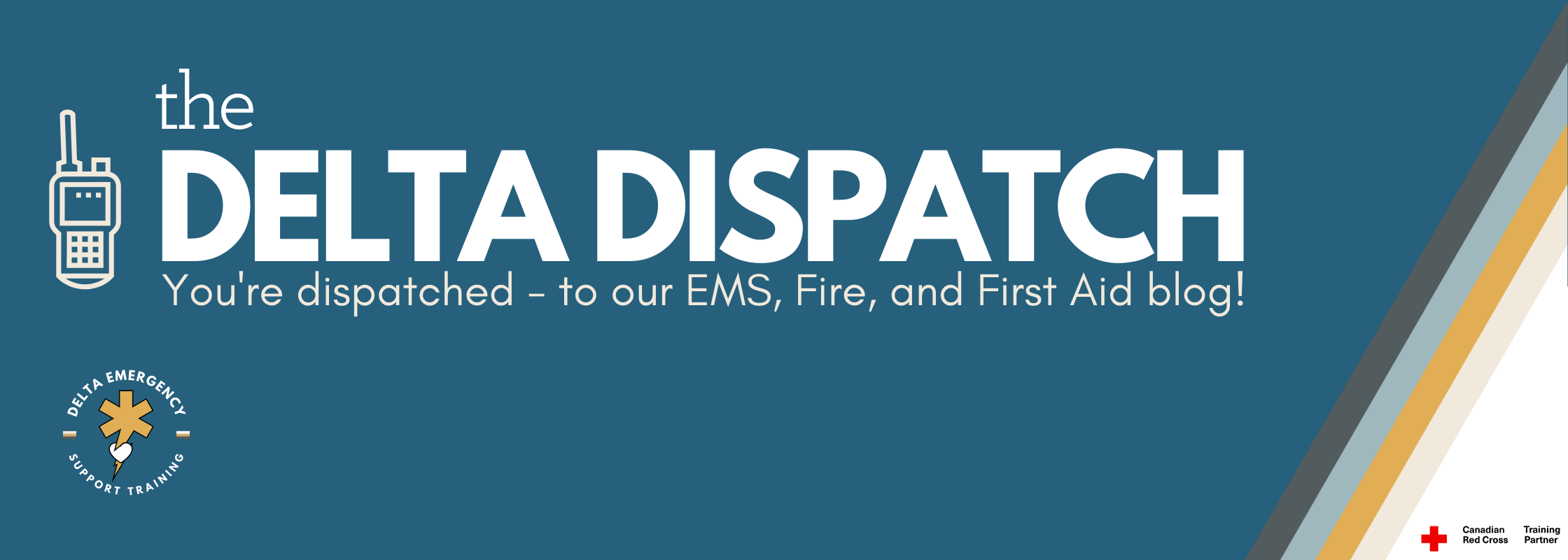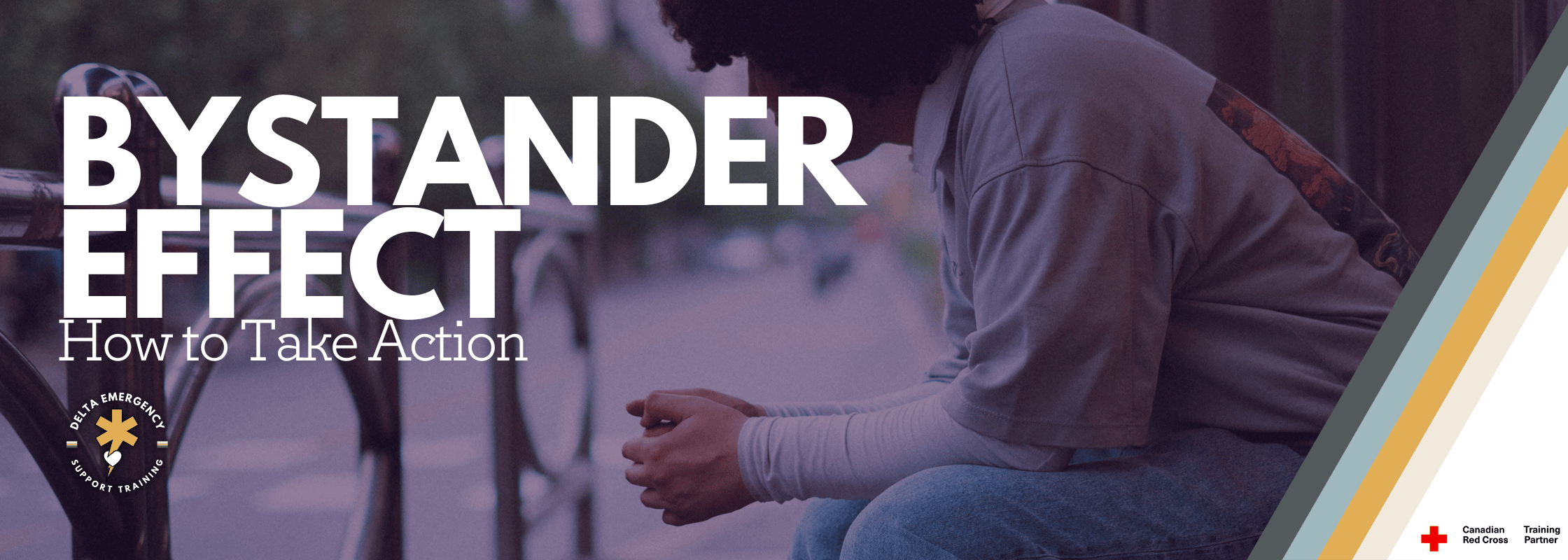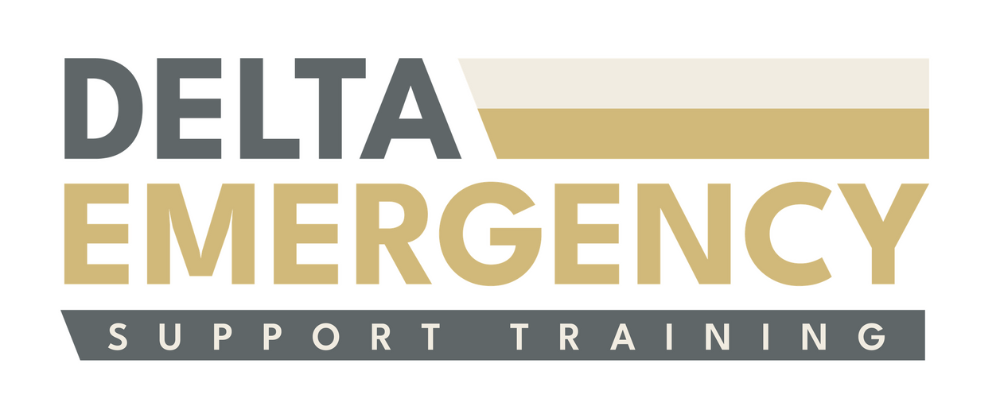Overcoming the Bystander Effect: How to Encourage Action in Emergencies
/Emergencies can happen anywhere—on the street, at home, or even at work. Yet, despite being physically present, many people fail to act when someone needs help. This phenomenon, known as the bystander effect, can mean the difference between life and death. Understanding why it happens and how to empower witnesses is critical for building safer communities.
At Delta Emergency Support Training, we focus on equipping both first responders and everyday people with the knowledge and confidence to act when it matters most.
What Is the Bystander Effect?
The bystander effect occurs when individuals are less likely to help someone in need because others are present. The presence of other witnesses can create diffusion of responsibility, where everyone assumes someone else will step in.
Common psychological reasons include:
Diffusion of responsibility: “Someone else will call 911.”
Fear of doing harm: Worry about making the situation worse.
Social influence: Looking at others to see how they react.
Evaluation apprehension: Fear of judgment if they act incorrectly.
Canadian Statistics on the Bystander Effect
According to a 2022 survey by the Canadian Red Cross, over 40% of Canadians have witnessed a medical emergency but did not intervene.
Studies show that in public settings, only 1 in 3 people will offer assistance during emergencies if others are present.
Time is critical: In cardiac arrests, survival decreases by 7–10% per minute without intervention, making bystander action essential.
Why People Freeze
People don’t always refuse to help out of selfishness—they freeze due to a combination of fear, uncertainty, and social cues. Examples include:
Witnessing someone collapse in a crowd and assuming another bystander has already called for help.
Seeing a car accident and being unsure whether it’s safe to approach.
Feeling overwhelmed by the severity of the situation.
Understanding these psychological barriers is the first step in overcoming them.
How to Encourage Action
Assign Responsibility
If you see an emergency, point to someone specifically and instruct them to call 911 or get help.
Example: “You in the red jacket, call 911 and get a first aid kit!”
Provide Clear Instructions
Direct instructions reduce hesitation and increase confidence.
Telling someone exactly what to do—“Check for breathing,” “Begin CPR”—reduces uncertainty.
Model Calm Leadership
Calm, confident action encourages others to help rather than freeze.
Speak clearly and remain composed to inspire others to step in.
Educate Communities
Promote first aid and CPR training for the public.
Awareness campaigns and workshops increase willingness to act.
Normalize Small Actions
Even simple actions—calling 911, providing basic first aid, or comforting the patient—can save lives.
Emphasize that any response is better than none.
The Role of First Aiders
First aiders are often the bridge between bystanders and professional care. By stepping in, first aiders not only provide life-saving support but also encourage others to assist safely, creating a ripple effect in emergencies.
Training in scene assessment, ABCs (airway, breathing, circulation), and communication ensures first aiders are confident, safe, and able to direct others effectively.
Final Thoughts
The bystander effect is a real psychological phenomenon—but it can be overcome. Understanding why people freeze, educating communities, and empowering witnesses to act are key steps in building safer environments. Every action counts. Every second matters.
At Delta Emergency Support Training, we teach Canadians how to respond with confidence, whether it’s performing first aid, calling for help, or guiding bystanders. Together, we can turn hesitation into lifesaving action.




